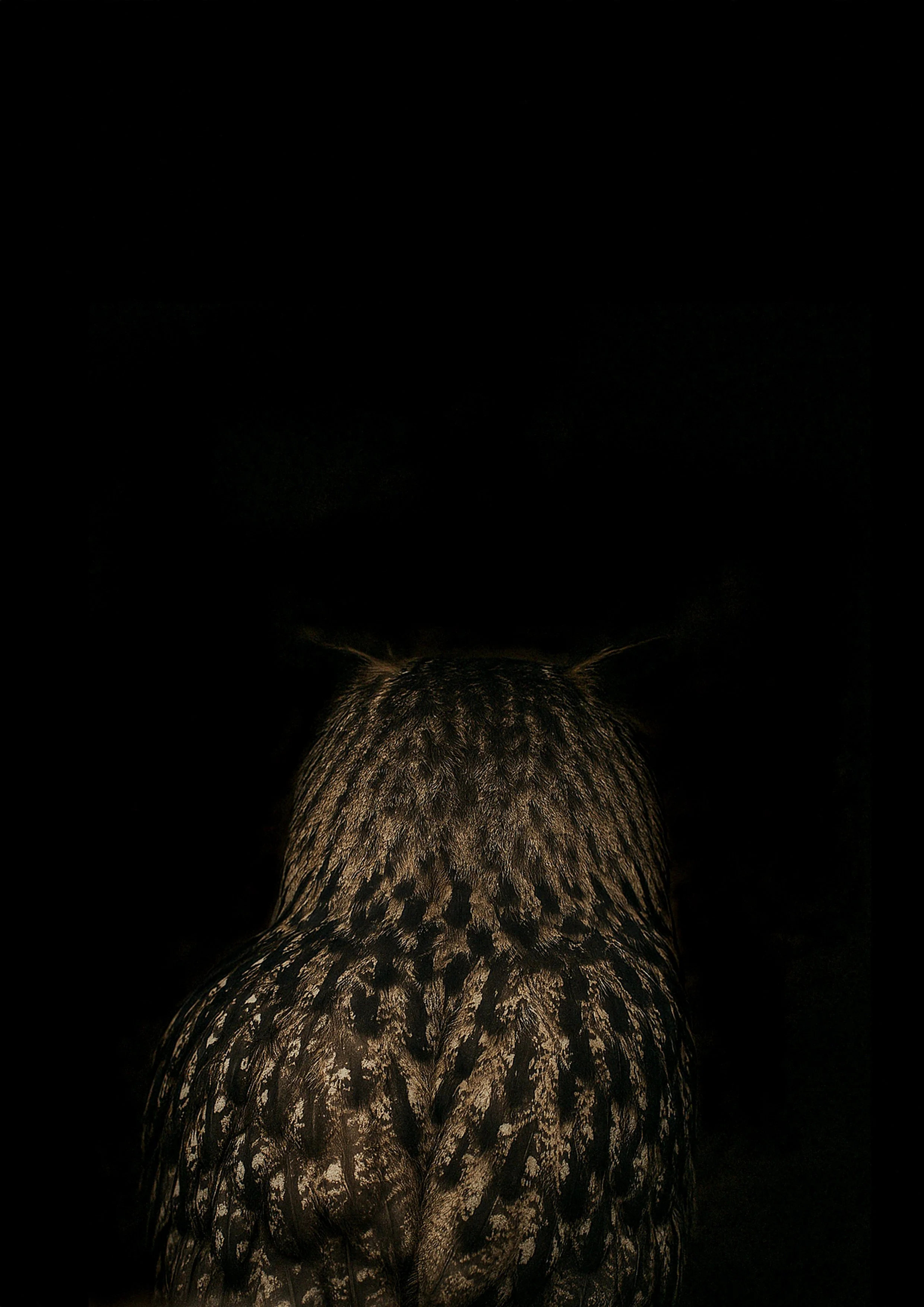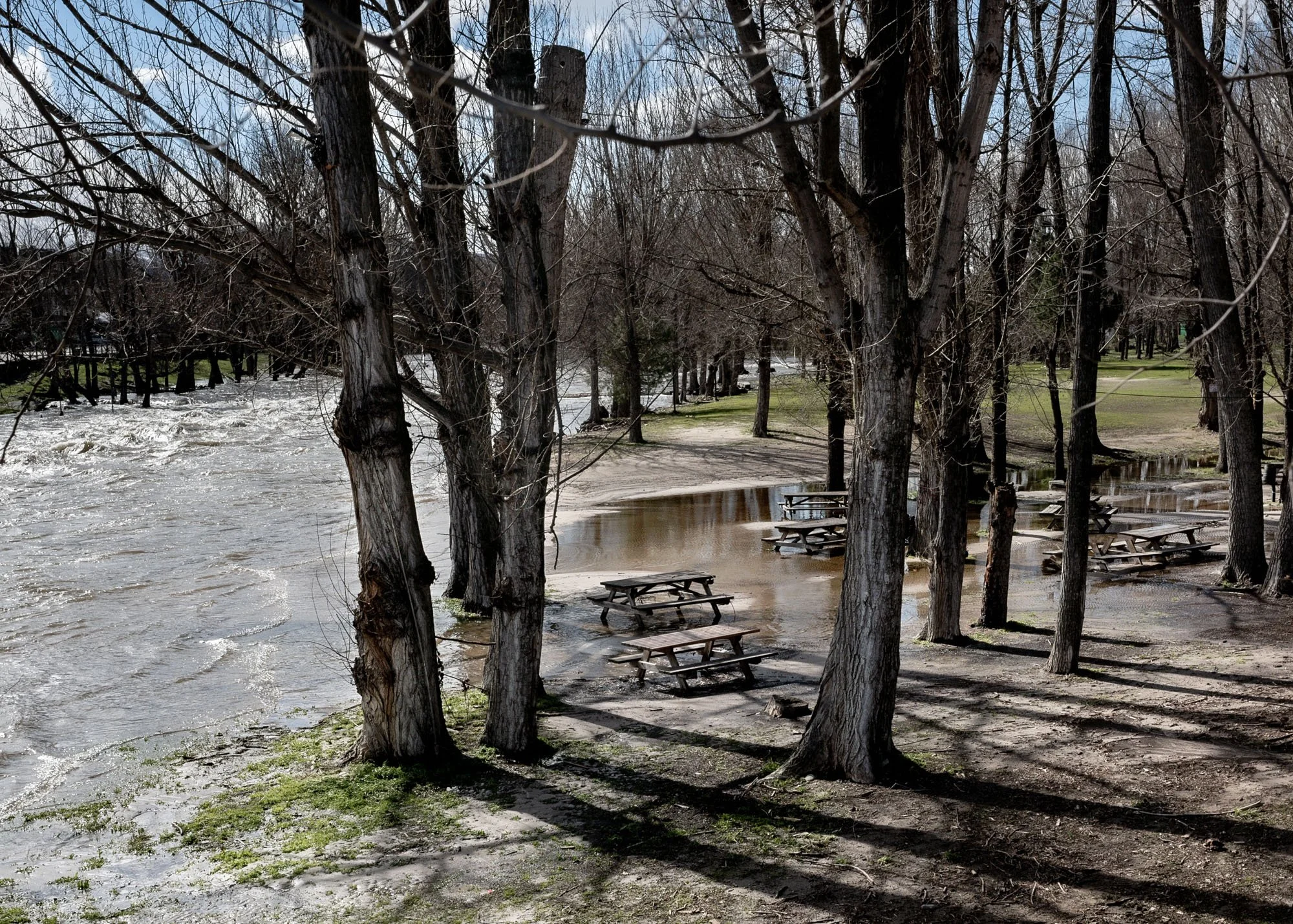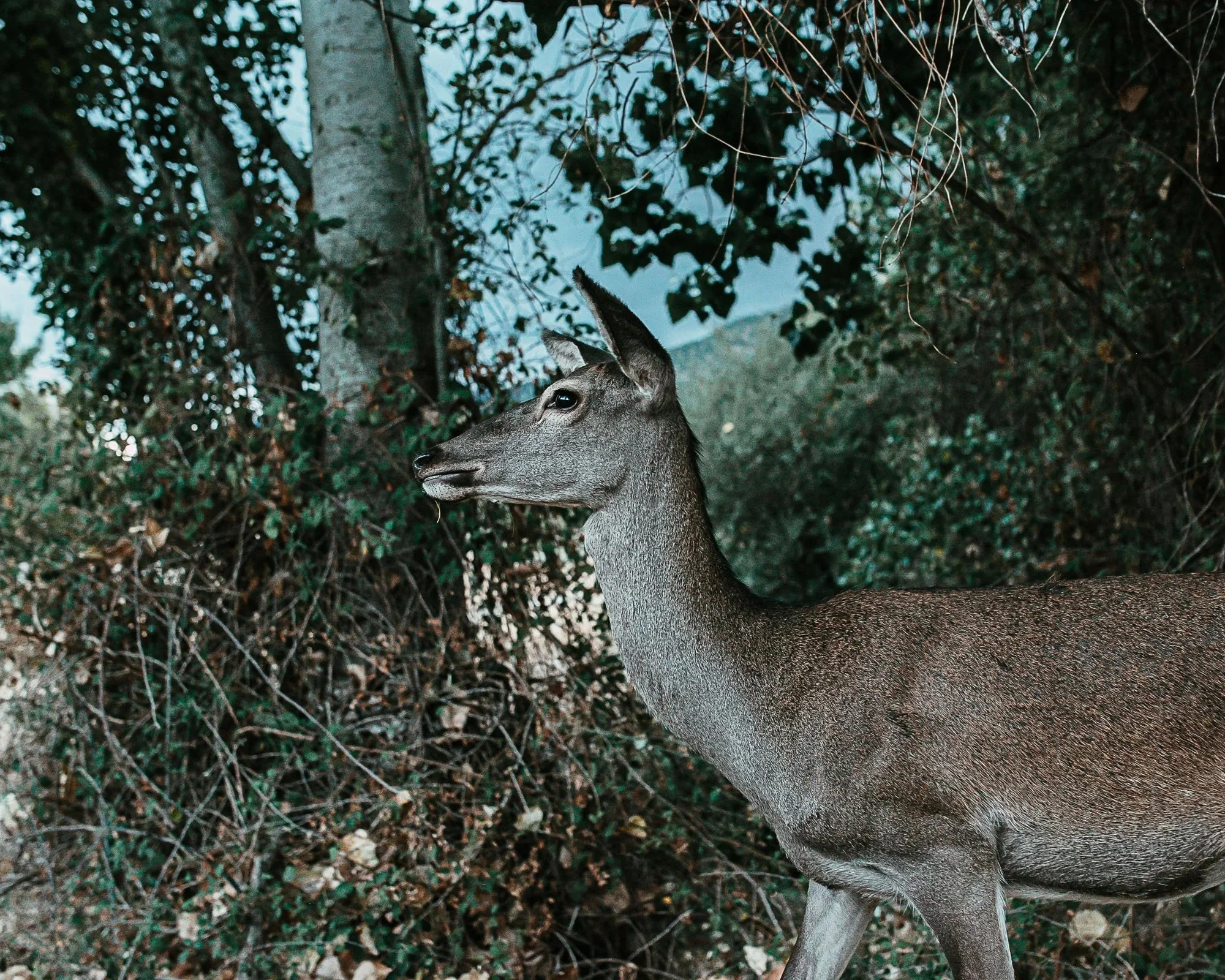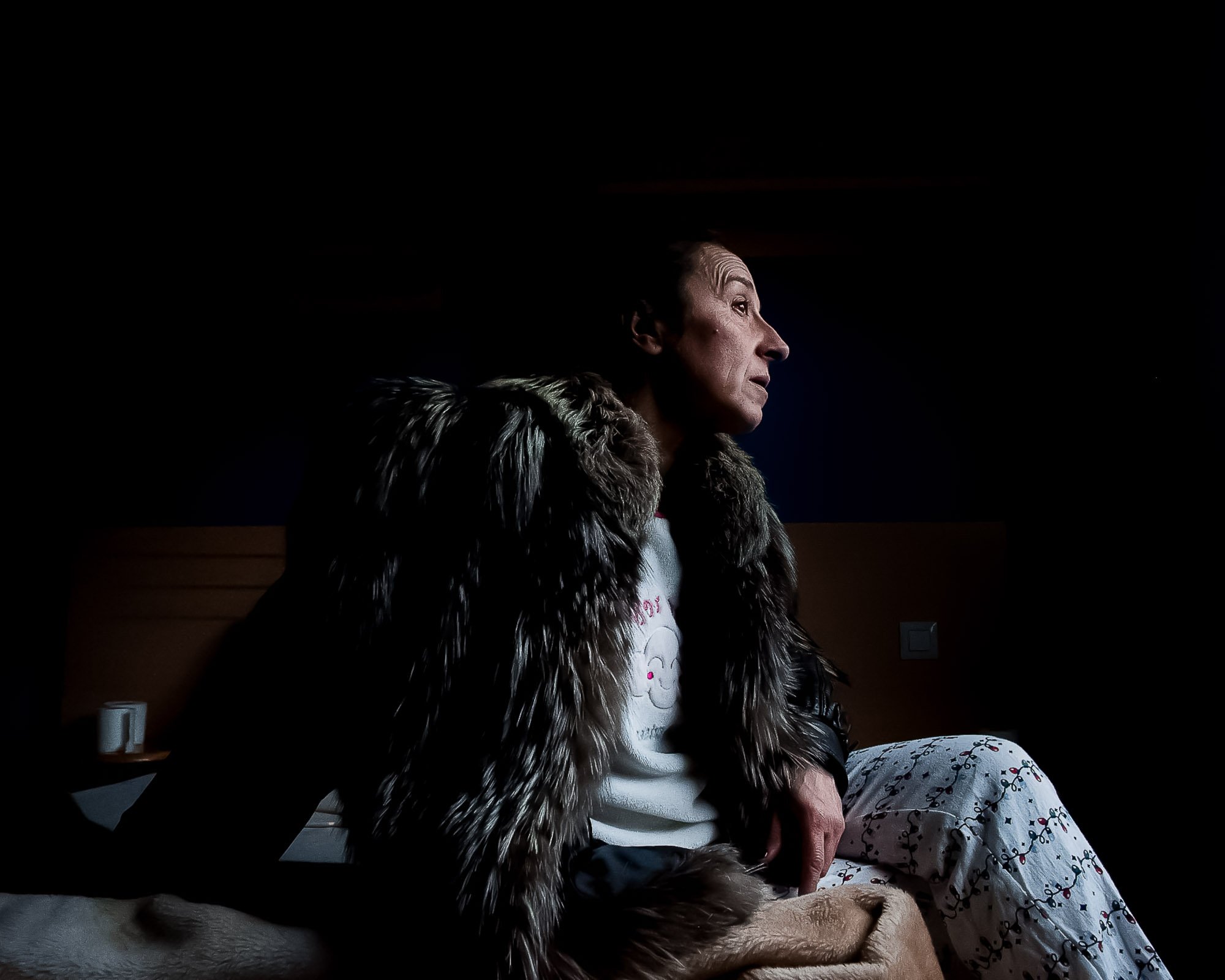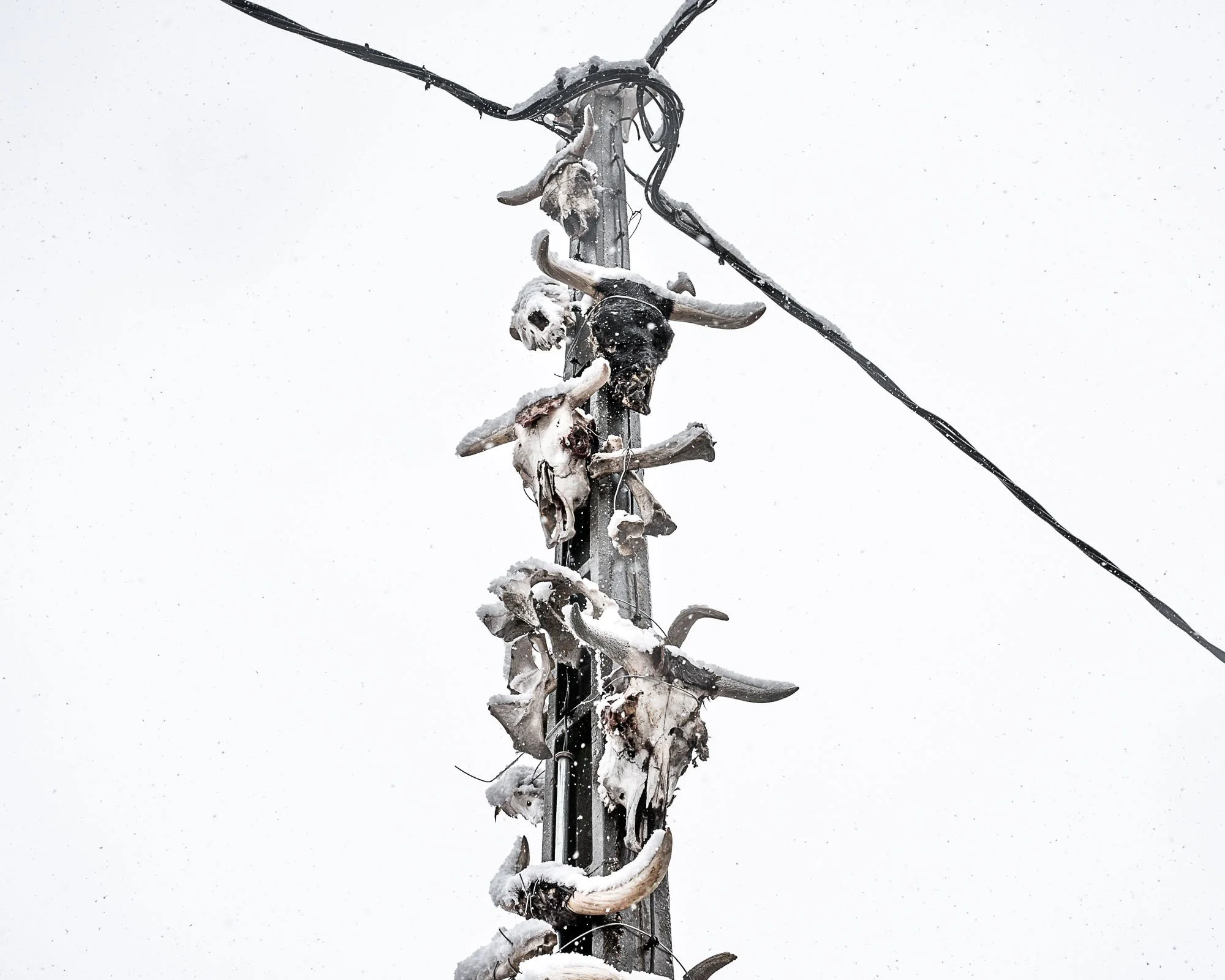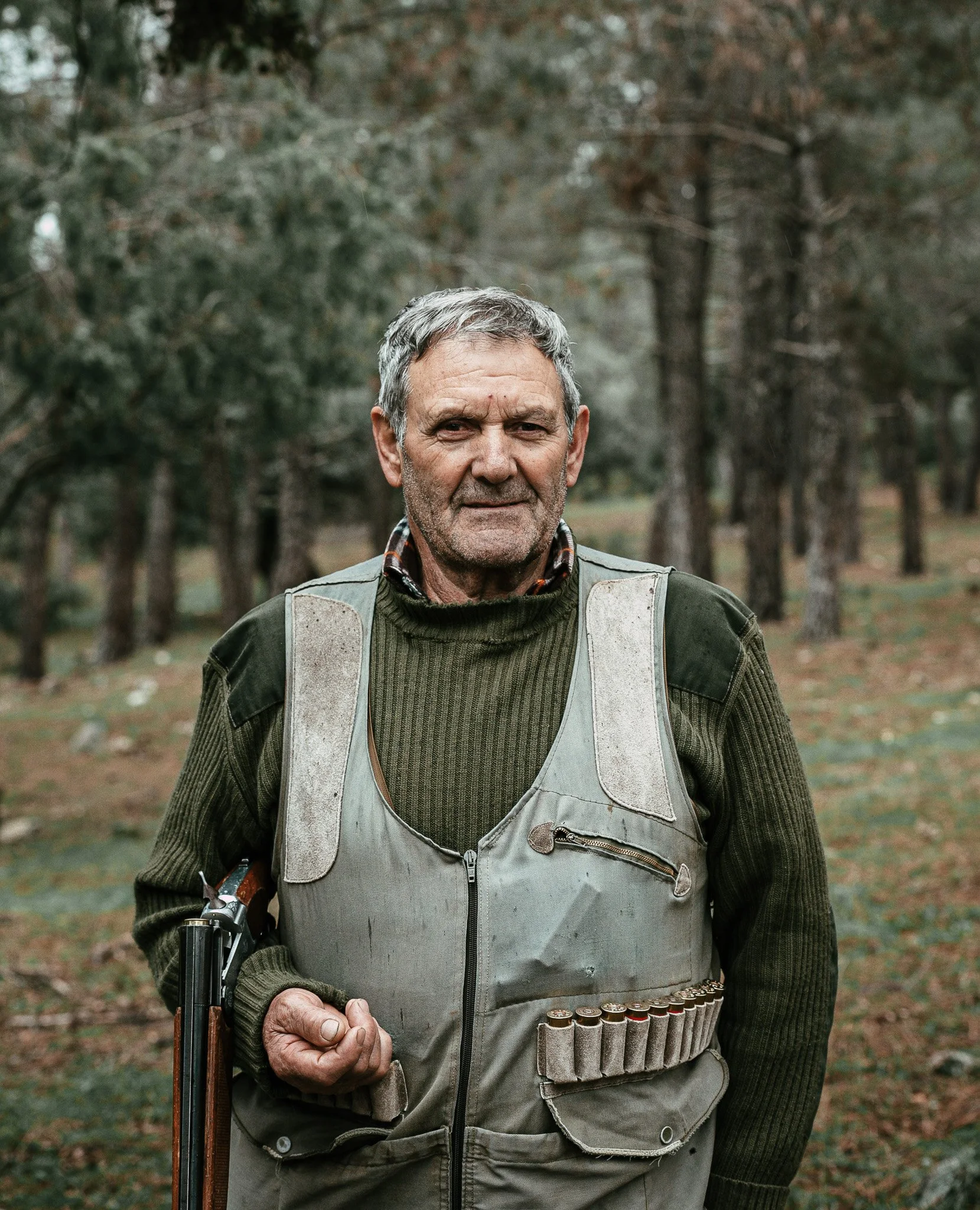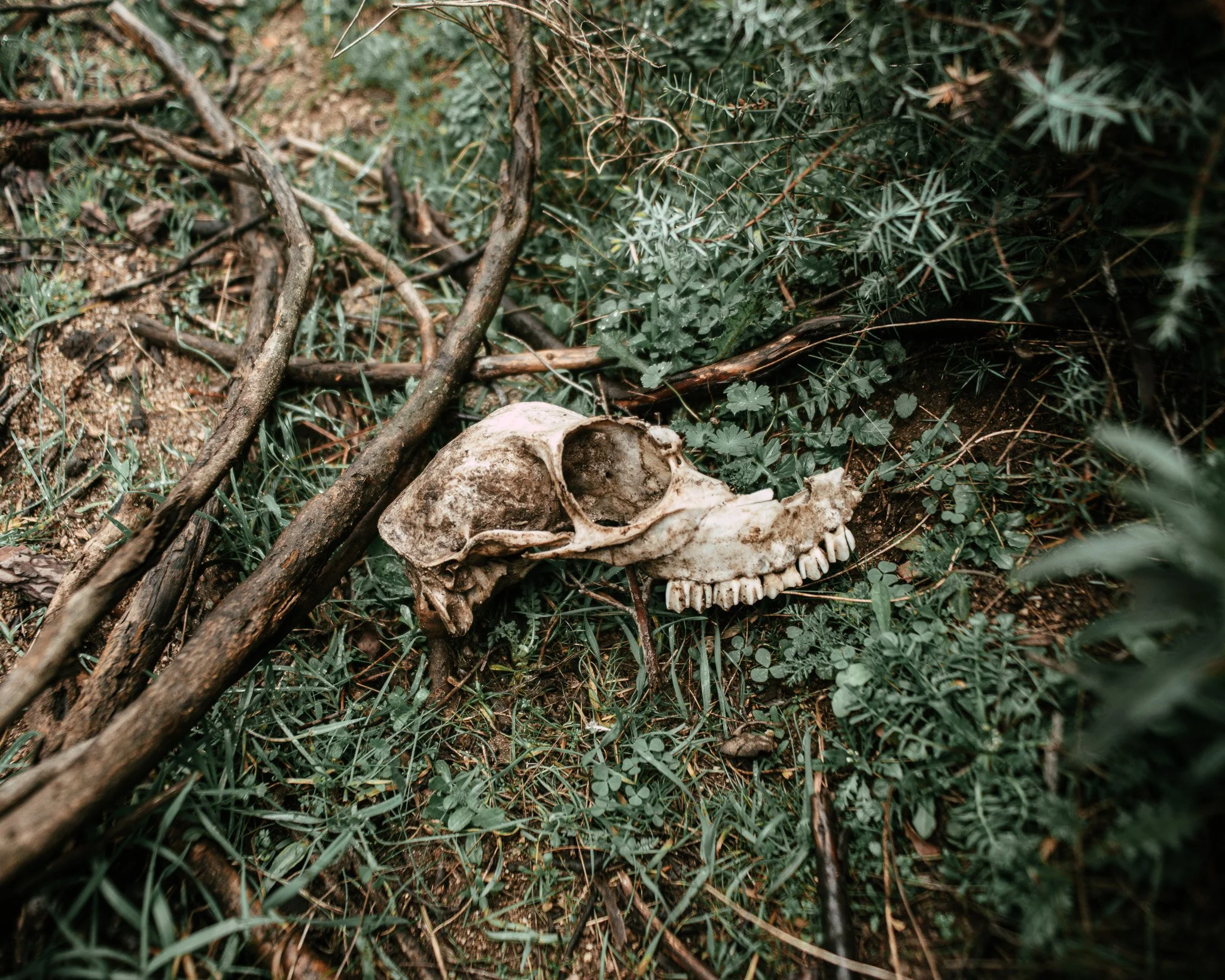Fierumbre is a documentary photography project that explores a society built on sacrifice, where its inhabitants have learned to exist in a world where light is trapped between fog and fire. This is not a nostalgic gaze, nor an attempt to romanticize hardship, but rather an immersion into the raw reality of a Spain that still breathes with dignity a Spain that is fierce, resilient, and deeply intertwined with its land.
Fierumbre es un proyecto de fotografía documental que explora una sociedad construida sobre el sacrificio, cuyos habitantes han aprendido a existir en un mundo donde la luz queda atrapada entre la niebla y el fuego. No se trata de una mirada nostálgica ni de un intento de romantizar la dureza, sino de una inmersión en la realidad desnuda de una España que aún respira con dignidad, una España feroz, resiliente y profundamente entrelazada con su tierra.
Fierumbre (2020-2025)
Fierumbre es un territorio donde la tierra todavía respira con un ritmo antiguo. En este paisaje áspero, el mundo rural lucha contra un porvenir incierto. Aquí, las estaciones han dejado de ser promesas y se han convertido en advertencias. El clima se ha vuelto un animal indómito, imprevisible, que muerde el calendario.
Este lugar, hecho de frío, polvo y lumbre, es también un espejo fracturado donde se reflejan las contradicciones de un país que aún no sabe si avanzar o resistirse. Cada gesto —cuidar el ganado, quemar los rastrojos, levantar un muro— es un acto de fe contra la evidencia de un mundo que se deshace. En Fierumbre, la resistencia no es épica: es cotidiana, silenciosa, casi mineral. Una forma de permanecer cuando todo amenaza con marcharse.
Y sin embargo, bajo esta corteza endurecida, persiste una memoria de vínculo. Un conocimiento que no se aprende en los libros, sino en el cuerpo: cuándo cruje una rama antes de partirse, cómo huele el aire que anuncia tormenta, en qué momento exacto el invierno deja de ser enemigo para volverse compañía. Este saber, transmitido entre generaciones, hoy se tambalea ante transformaciones que nadie había imaginado. La tierra cambia, los animales cambian, el trabajo cambia.
Yo llegué a Fierumbre desde otro mundo, empujada por una pandemia que abrió grietas en la vida urbana y me obligó a mirar hacia afuera. Llevaba en la maleta un cansancio antiguo y una cámara con la que, sin saberlo, buscaba entender por qué este territorio áspero parecía llamarme. Al principio fui solo una forastera que tropezaba con el barro y entraba en casas ajenas temiendo tocar los muebles.En este lugar, fotografiar era más una forma de escuchar que de mirar, que este territorio necesita ser acompañado más que interpretado. Que la cámara no era un escudo, sino un puente. Y que, aunque yo había llegado huyendo, lo que realmente buscaba era la posibilidad de formar parte —aunque fuese por un instante— de ese equilibrio precario entre la dureza y el cuidado.
Fierumbre, al final, no es un refugio ni una huida, no es una ventana ni un espejo. Fierumbre es aprendizaje: la certeza de que el mundo rural no es un vestigio del pasado, sino un espacio donde se está librando una de las batallas más silenciosas y decisivas de nuestro tiempo. Y que para entenderlo hay que adentrarse, como quien entra en un bosque denso, sin esperar respuestas rápidas. Con la cámara por delante, sí, pero también con la mente abierta.
Fierumbre is a territory where the land still breathes with an ancient rhythm, though increasingly fractured. In this harsh landscape, the rural world struggles against an uncertain future. Here, the seasons have ceased to be promises and have become warnings. The climate has turned into an untamed, unpredictable animal that bites into the calendar.
This place, made of cold, dust, and embers, is also a fractured mirror reflecting the contradictions of a country that still does not know whether to move forward or hold back. Every gesture—tending livestock, burning stubble, raising a wall—is an act of faith against the evidence of a world coming apart. In Fierumbre, resistance is not epic: it is daily, silent, almost mineral. A way of remaining when everything threatens to leave.
And yet, beneath this hardened crust, a memory of connection persists. A knowledge not learned in books but in the body: when a branch creaks before snapping, how the air smells when a storm approaches, the exact moment winter stops being an enemy and becomes a companion. This wisdom, passed down through generations, now falters in the face of transformations no one could have imagined. The land changes, the animals change, the work changes.
I arrived in Fierumbre from another world, pushed by a pandemic that opened cracks in urban life and forced me to look outward. In my suitcase I carried an old exhaustion and a camera with which, without knowing it, I was trying to understand why this austere territory seemed to call me. At first I was only a stranger stumbling over mud, entering other people’s homes afraid to touch the furniture. In this place, photographing became more a way of listening than of looking, as if this territory needed to be accompanied rather than interpreted. The camera was not a shield, but a bridge. And although I had arrived fleeing, what I was truly seeking was the possibility of belonging—even for a moment—to that fragile balance between harshness and care.
Fierumbre, in the end, is neither refuge nor escape, neither window nor mirror. Fierumbre is learning: the certainty that the rural world is not a relic of the past, but a space where one of the quietest and most decisive battles of our time is being fought. And that to understand it one must enter it as one enters a dense forest, without expecting quick answers. With the camera leading the way, yes, but with an open mind.
